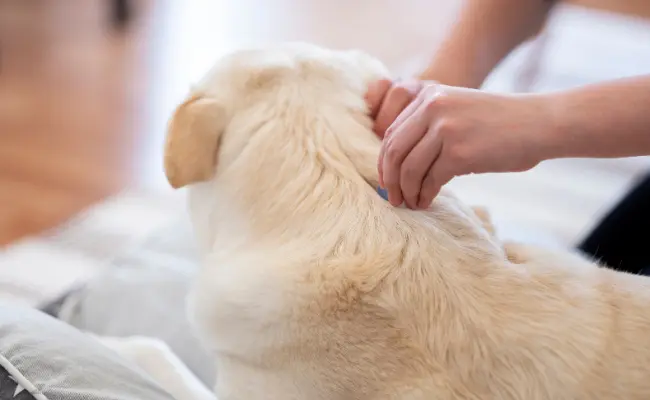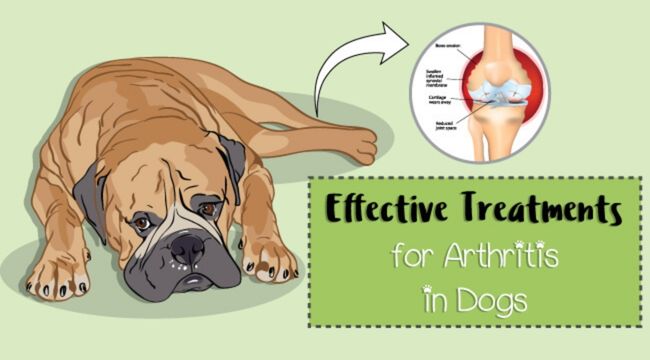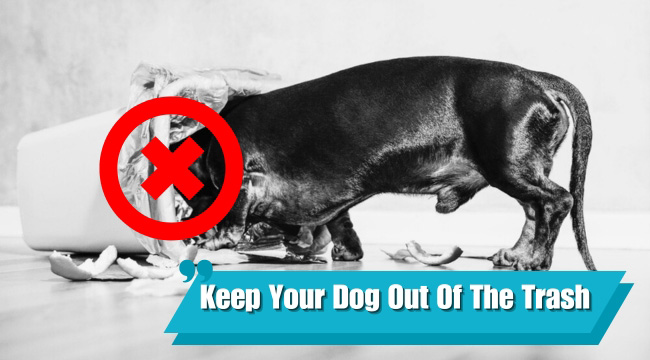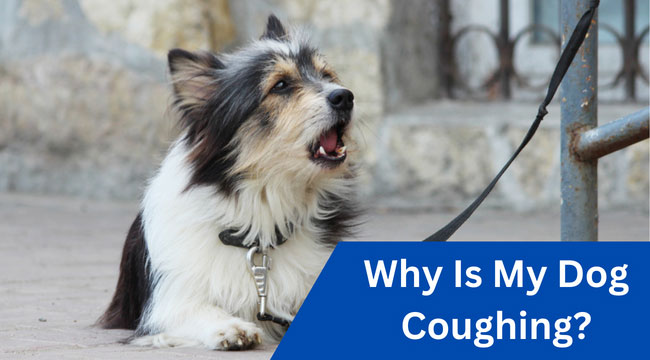
Waghound.com is an Amazon Associate, and we earn from qualifying purchases.
You may notice your dog frantically scratching away at its skin. This kind of behavior is completely normal when done occasionally. However, if you catch your dog doing this all the time, you might have a major problem at hand.
On the surface, dog fleas seem to be an itchy inconvenience but they can also be fatal. Since they multiply so quickly, they can weaken frail dogs by draining too much of their blood.
By now, your entire house could be a flea paradise but don’t worry! Our complete guide contains all the information you need to get rid of dog fleas for good.
Understanding the Life Cycle of a Flea
Gathering intel on the enemy is an essential step to succeeding on your flea-eliminating quest. Fleas go through four major stages in their lifetime:
- Eggs
- Larvae
- Pupae
- Adult
Adult fleas lay their eggs in your dog’s fur. Whenever your dog is scratching, these eggs fall out onto the carpet, sofa etc. The eggs later hatch and release the larvae. During the pupae stage, flea larvae cocoon themselves. These cocoons are eventually shed to reveal an adult flea. These then invade a new host and thus the cycle repeats itself.
How do you Know if your Dog has Fleas?
Trying to get rid of dog fleas is a long and exhausting task so make sure that your dog actually has fleas first. Your dog could also be scratching its due to skin allergies or some other cause. Here are some ways you can confirm whether the itching is really because of a flea invasion:
1. Check your Dog’s Fur
The easiest way to tell if your dog has fleas is to part the fur to see the skin underneath. You may notice flat, round and dark specks trying to move out of sight. Dog fleas like to settle beneath the ears and near the behind so make sure to look there too.
Additionally, if your dog’s skin has red lumps then it is likely that it is suffering from a flea infestation.
2. Keep an Eye out for Flea Excrement
Dog flea excrement takes the form of black flecks that may dot your dog’s fur. This is digested dried blood. To check for flea excrement, simply place a damp paper towel underneath your dog and brush their coat. If the flecks form a red mark when they fall, then your dog has fleas.
3. Comb your Dog’s Fur
You can check your dog for fleas by using a special comb called a flea comb. This comb has narrowly spaced teeth which effectively traps fleas and flea feces. Make sure that the comb is close to the skin when you are doing this.
4. Try Catching a Flea
One way to determine whether the invaders in your dog’s fur are indeed fleas is to catch the flea and squash it between your fingernails. Dog fleas are not easily killed because of their strong outer shells.
5. Bathe your Dog
Fill your bathtub with warm water and bathe your dog. Look for black spots floating in the water. These spots may be fleas. Note that flea faeces dislodging from your dog’s skin and disintegrating in the warm water could create red stains. You needn’t fear that you’ve accidentally hurt your dog.
6. Use a DIY Flea Trap
Make a DIY flea trap by filling a dish with soapy water and placing it on the ground. Set a candle or a light nearby. Fleas will react by jumping towards the trap as they are attracted to the light.
The Dangers of Using Pharmaceutical Drugs
You may have seen plenty of drugs advertised that help to get rid of dog fleas. Each promises a flea-free coat. Anti-flea drugs come in two forms: Skin creams and pills.
Skin Cream
Skin creams include substances such as fipronil, imidacloprid, pyrethrins, and pyrethroids. All of these ingredients have been proven to be harmful to a dog’s health. The environmental protection agency (EPA) released their findings based on thousands of cases of dogs developing side effects from these creams. Some of these include:
- Vomiting and diarrhea
- Itching
- Hair loss
- Skin ulcers
- Tiredness
- Nervousness
- Ataxia
- Tremors
- Seizures
- Death
Pills or Tablets
Oral medicines such as NexGard, Bravecto, and Simparica damage the flea’s nervous system to kill them. Getting them out of your dog’s system if there is an adverse reaction can be extremely difficult. So far, there have been more than a hundred cases of health-related issues.
What to do Before Removing Flea Infestations
Before you go all out on the enemy, follow the points mentioned below. Doing this makes the task easier to execute and reduces any chance of a second infestation.
Isolate your Dog
Fleas can jump from host to host so keep your affected dog away from other pets. Dogs can also spread flea eggs while moving around. Don’t let your dog near the sofas, beds, and carpets.
Clean your Dog’s Possessions
Any kind of cloth that may have come into contact with your dog should be thoroughly cleaned to get rid of all the dog fleas. Bedding may harbor flea eggs, larvae, pupae, and adult fleas. Throw all of your dog’s bedding and belongings into the wash. Add your own bedding, sofa cushions, blankets, towels etc. too just in case.
Wash them at temperatures above 95 degree Celsius. Fleas are vulnerable to hot water.
Related Read: Dog Vaccination Guide: The Right Vaccination & Schedule
How to Get Rid of Dog Fleas?
Now that you know the basics, let’s get to the fun part. By this time, you are probably seething with rage at these six-legged creatures that have made your dog’s life an itchy living hell.
For the best results, combine multiple solutions together. We suggest that you begin with home remedies and apple cider vinegar to get rid of dog fleas first. And then if they don’t work for you at all then shift to medical alternatives.
1. Give your Dog Oral Medication
Despite our mention about flea medicines being dangerous, they may be a necessary precaution. Your dog may be in so much agony that the only way to bring them relief is by giving them oral medication. Make sure to get your vets approval on the medicine you use first.
Oral meds provide a quick solution as they get rid of adult fleas within 24 hours, whereas other methods may take weeks. However, they are not a complete cure to infestations because the eggs, larvae, and pupae are still alive.
2. Use Anti-Flea Bath Products
Lather your dog’s fur in a dog flea shampoo for instant relief. This product gets rid of all the eggs, larvae and adult fleas that are making a home in your dog’s fur. While shampooing, begin lathering your dog’s neck first then work your way to the rest of their body. This prevents fleas from reaching your dog’s face when you shampoo their body.
There are two kinds of shampoos you can use: a store shampoo or a homemade shampoo.
Store Bought Shampoos
These are specially formulated with soothing anti-flea ingredients. They prevent irritation and alleviate inflamed skin. They are also pH balanced so they are gentle to the skin.
Homemade Shampoo
A cheap and easy solution is to make your own dog flea shampoo. Simply combine the following ingredients:
- 1/2 cup of water
- 1/4 cup of apple cider vinegar
- 1/4 cup of dish soap
Lather this mixture into your dog’s fur and let it sit for five to 10 minutes.
Alternate recipe:
- 1/2 cup of dog shampoo
- 1/2 a cup of freshly squeezed lemon juice
- 2 cups of water
Note that dish soap, ACV and lemon juice are drying ingredients. They can further irritate your dog’s already inflamed skin.
3. Comb our Dog’s Fur
You wouldn’t want your dog to be attacked by another round of horrific itching attacks after such a relaxing bath. Make sure that you have gotten rid of all the dog fleas by combing through the fur with a flea comb.
Any remaining fleas will be combed out and you can crush the invaders between your nails.
4. Spring Clean the House
You can get rid of all the fleas living in your dog’s fur but for every flea you kill, you can be sure there are a million more eggs waiting to take their place. The root of the problem is the eggs living in your fabrics, carpets, sofas, and bedding.
Vacuum and Steam Clean the Carpets
Use a good quality vacuum cleaner to suck the eggs out of your carpet and sofa. You can place a flea collar inside the storage bag of the vacuum cleaner to kill all of the fleas sucked inside. Additionally, you should steam clean your carpet and sofa. A high-quality steamer can produce steam with a temperature of 200 degrees Fahrenheit. Fleas are vulnerable to high temperatures.
Use Insecticides
If fighting the infestation feels like a losing battle then pull out the big guns. There are of two kinds of insecticide ingredients you can use: Adulticides and Insect Growth Regulators. Look for an insecticide that has an adulticide such as Permethrin, Phenothrin, or Deltamethrin combined with Insect Growth Regulators (IGRs) such as Methoprene or Pyriproxifen.
5. Get Rid of Dog Fleas with Boric Acid
Sprinkle boric acid on surfaces that don’t get much sunlight and have a humidity rate that’s greater than 50%. Make sure your dog doesn’t try to lick the powder as it could get sick. After several days, the boric acid dries out eggs and smothers the larvae.
Home Remedies to Get Rid of Dog Fleas
Buying medication or high-quality dog flea shampoos can get expensive. When you first discover that your house and your pet are under attack, you should start with home remedies to get rid of fleas to see if they are effective.
However, if the situation doesn’t improve, feel free to switch to the above solutions.
1. Food Grade Diatomaceous Earth
This is a naturally occurring, fine white powder made from the fossils of microorganisms. Dusting your yard with this powder will cause any lurking fleas to dry out and die.
2. Sun
Fleas are averse to sunlight. Remove any shade from your garden until the infestation is gone.
3. Grow Some Herbs
Fragrant herb plants such as clove, lavender or mint repel fleas. You can plant these in your garden where your dog hangs out.
4. Predators
Ants, beetles, lizards etc. eat fleas. Nematodes feed on flea larvae and pupae. Discourage fleas by introducing these predators to your yard.
5. Lemon Water
Soak lemon slices overnight and put the water in a spray bottle. This lemon water solution can be sprayed on any surface in your house and onto your dog’s fur. It acts as a flea repellant.
6. Salt Water
Wash hardwood floors and tiles near your dog’s sleeping area with salt water.
7. Essential Oils
Essential oils such as rosemary, tea tree, and lavender are pleasant smelling oils that can also work as a flea repellant. You can spray some of this onto your dog’s regular collar to get rid of fleas.
The concentration of essential oils you use matters. High concentrations can be harmful to your dog. If you choose to use them, get your vet’s recommendation on the safest amount first.
Important Read: A Complete Guide to Finding the Best Vacuum For Pet Hair
How to Prevent Another Flea Infestation
Once fleas establish a foothold in your domain, it can be hard to get rid of them. Nip the problem in the bud by taking these preventive measures instead:
Use Apple Cider Vinegar to Get Rid of Dog Fleas
Using apple cider vinegar to get rid of dog fleas is a great preventive measure but not a cure. Fleas loathe the smell and taste so they will avoid your dog if they smell of it. You can either spray your dog with a vinegar solution or feed a diluted solution to them.
Make a Vinegar Spray
Mix apple cider vinegar or regular vinegar with water in a 1:1 ratio or a 1:3 ratio if your dog can’t tolerate the smell. Use a spray bottle to sprinkle the water on your dog’s fur. You can wipe your dog with a washcloth dipped in the solution as well. Air dry your dog’s fur. Do this for several days.
Feed Diluted Apple Cider Vinegar to your Dog
Add one teaspoon of apple cider vinegar to 1/4 liters of water. Make sure to ask your vet for the recommended amount of vinegar that is safe to use for your dog. Apple cider vinegar has an unpleasant taste so you should start with very low amounts of it in your dog’s water and then gradually build up the concentration so that your dog won’t refuse to drink it.
Consuming apple cider vinegar makes the skin slightly acidic which repels fleas.
Dog Flea Collars
You can buy dog flea collars which contain insecticides that offer up to eight months of protection. Remember that they don’t cure the problem but they will prevent it. Never use spot-on treatments with a flea collar. Using them together to get rid of dog fleas can be fatal to your dog.
Conclusion
Fleas cannot infest humans like they infest dogs, thanks to our hairlessness. However, if given the chance fleas will bite humans as well. Keep fleas at bay by placing lemon rinds or flea-repelling powders in your home.
Make sure that you frequently clean and vacuum your house. Cleanliness discourages fleas from invading your home. Consistently following this guide will prevent and help to get rid of any existing fleas. Good luck!




